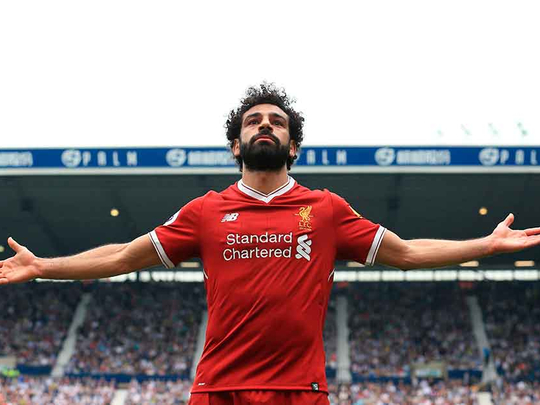
Dubai: Ole ole ole! It’s the World Cup, back again after four long years.
With 32 teams set to battle it out for the coveted Fifa World Cup trophy in Russia this year, what kind of money is at stake? And more importantly, who will win?
We are joined by Ashley Hammond, a senior sports reporter, and Matt Smith, the deputy sports editor, to chat everything football, including the historic four Arab teams participating.
But being Dirhams & Dollars, we are of course equally interested in the dollars and the dives, the pesos and the penalties, the francs and the free kicks, the rials and the red cards, the drachmas and the dramas, the euros and the Yuri’s (okay we know that one’s a stretch).
So, where’s the money coming from? Well, first of all there’s the billions of dollars in television rights, sold to broadcasters around the world. Then there’s the sponsors, which this year include Russian giants Gazprom and Alfa Bank, and noticeably lack a number of stalwarts from previous tournaments.
And lastly, there’s the billions of dollars in advertising, sponsorship deals, and ancillary revenues to be made from t-shirts and coffee cups with Mohammad Salah’s face printed on.
But what about the overall economic lift? Harder to measure, we talk about what analysts think the broader impact of the World Cup will be, and the long term dangers of hosting one.








